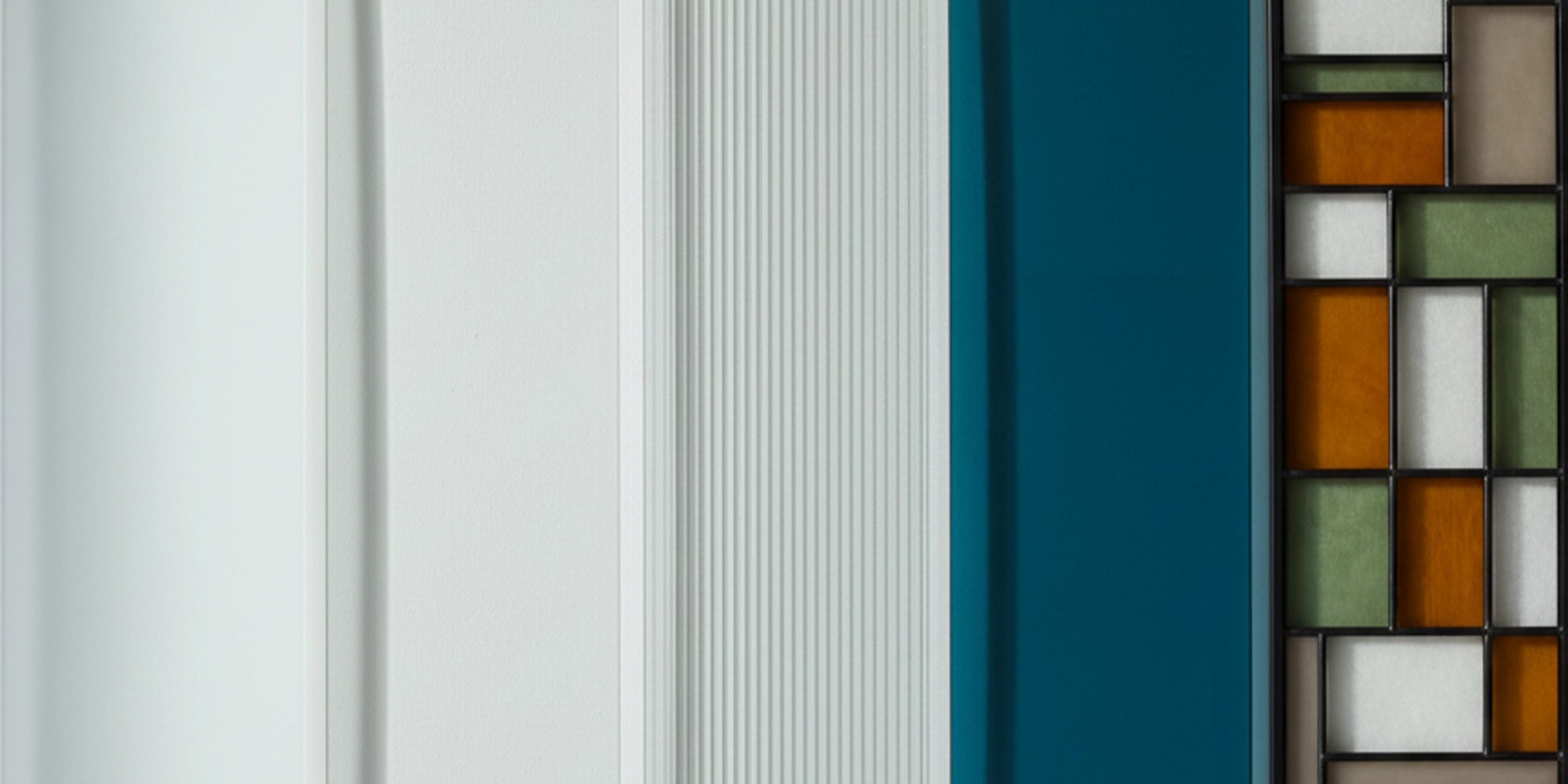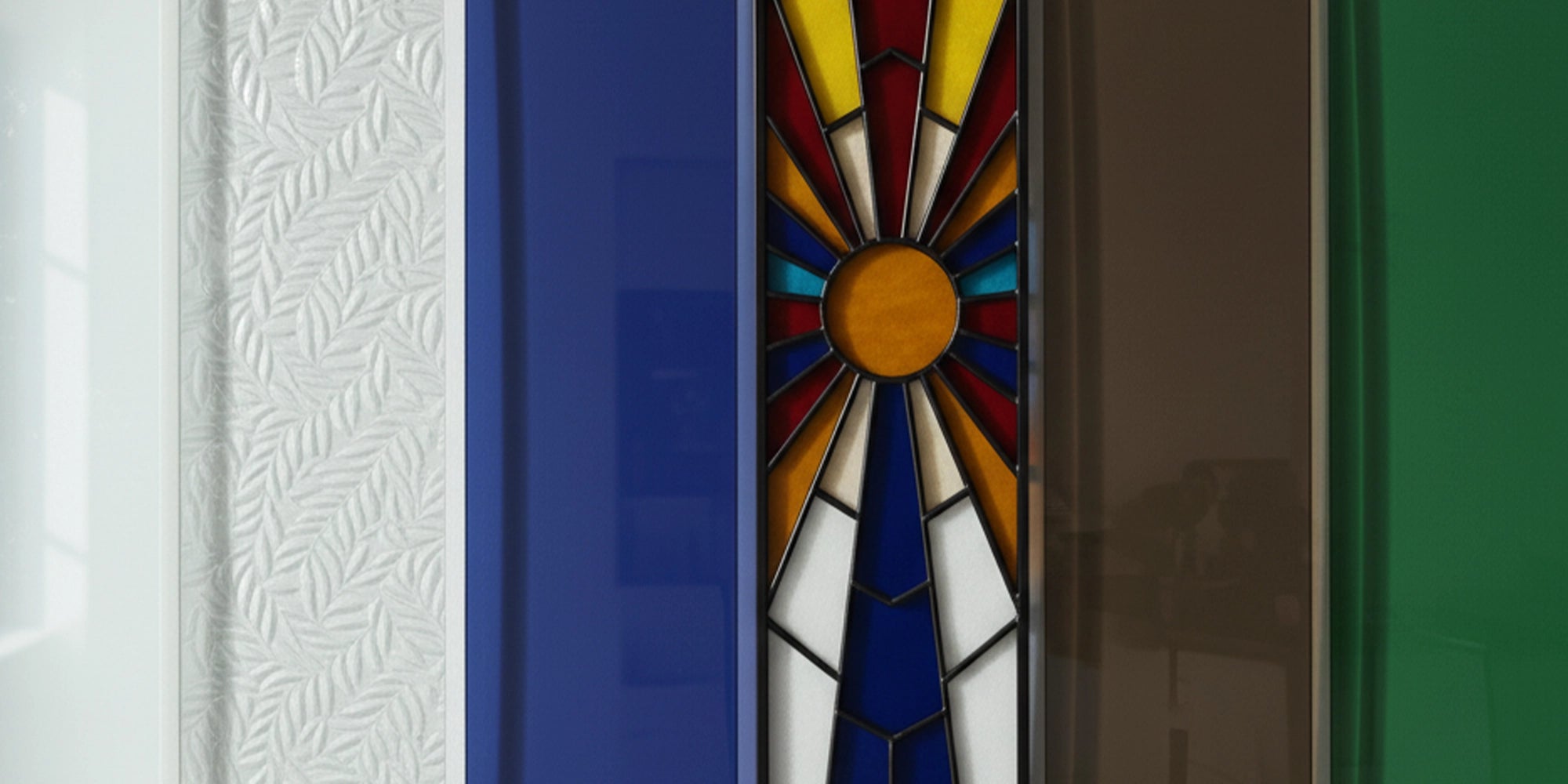Types of Glass
Glass plays a vital role in furniture design—bringing elegance, light, and modern appeal to interiors. At Lakdi, we use different types of glass that combine beauty, safety, and durability to suit various applications.
Basic Glass
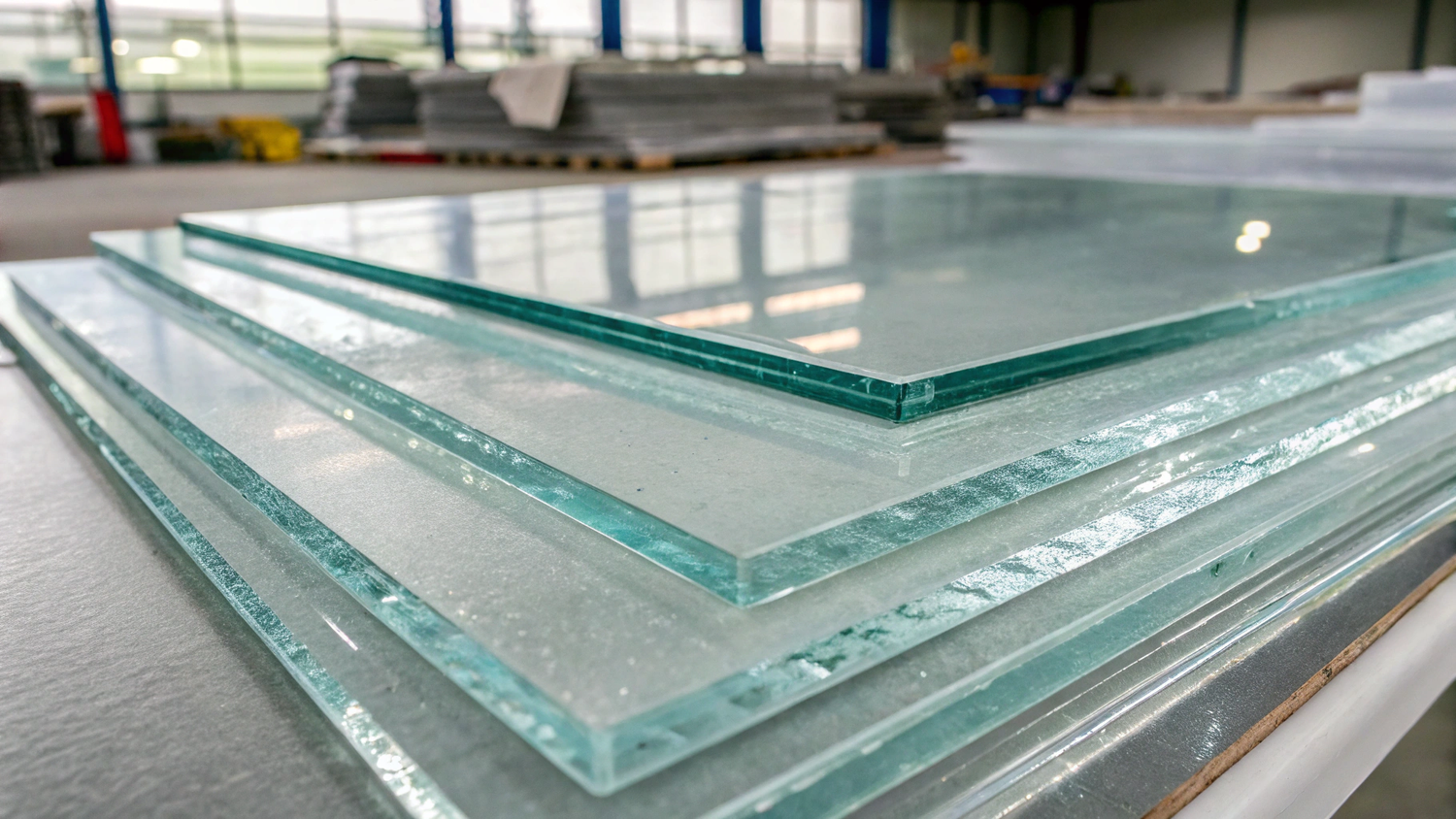
Annealed Glass
The most common form of glass, created by slowly cooling molten glass. It is easy to cut, polish, and shape, but breaks into sharp shards, making it less safe for heavy-use furniture.
Best for decorative panels or areas with minimal handling.
Decorative Glass
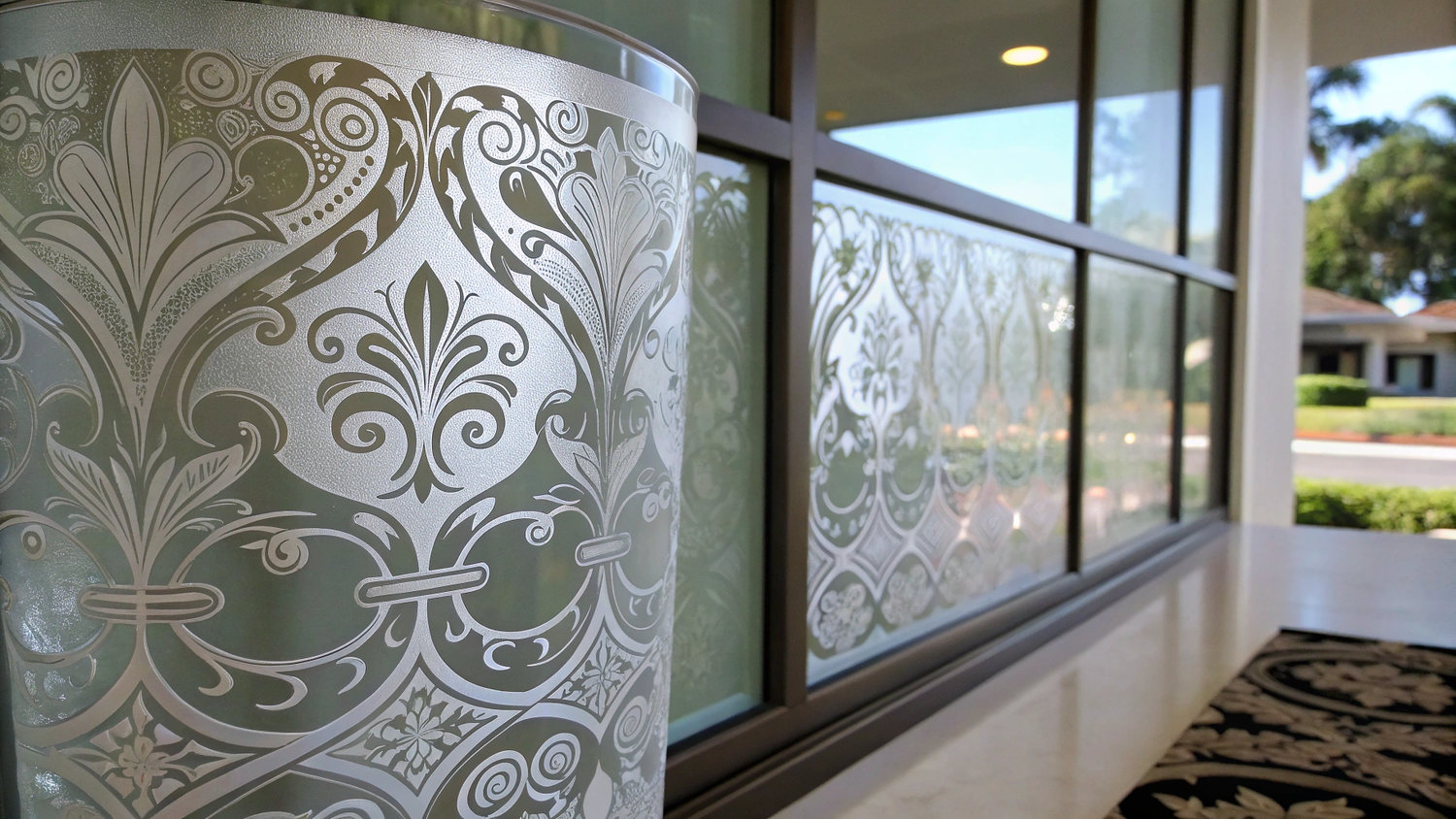
Tinted Glass
Colored or coated glass that reduces glare and heat while adding a sleek, modern look. Available in shades like grey, bronze, or green.
Used for partitions, cabinets, and stylish furniture pieces.
Painted Glass
Glass coated with durable paint in soft or bold tones, baked to ensure longevity. Adds a vibrant and contemporary finish.
Popular for backsplashes, wall panels, and statement furniture.
Etched/Embossed Glass
Glass with artistic designs created through sandblasting or acid-etching. Adds patterns and textures for a decorative touch.
Great for accent pieces and cabinet doors
Specialty Glass
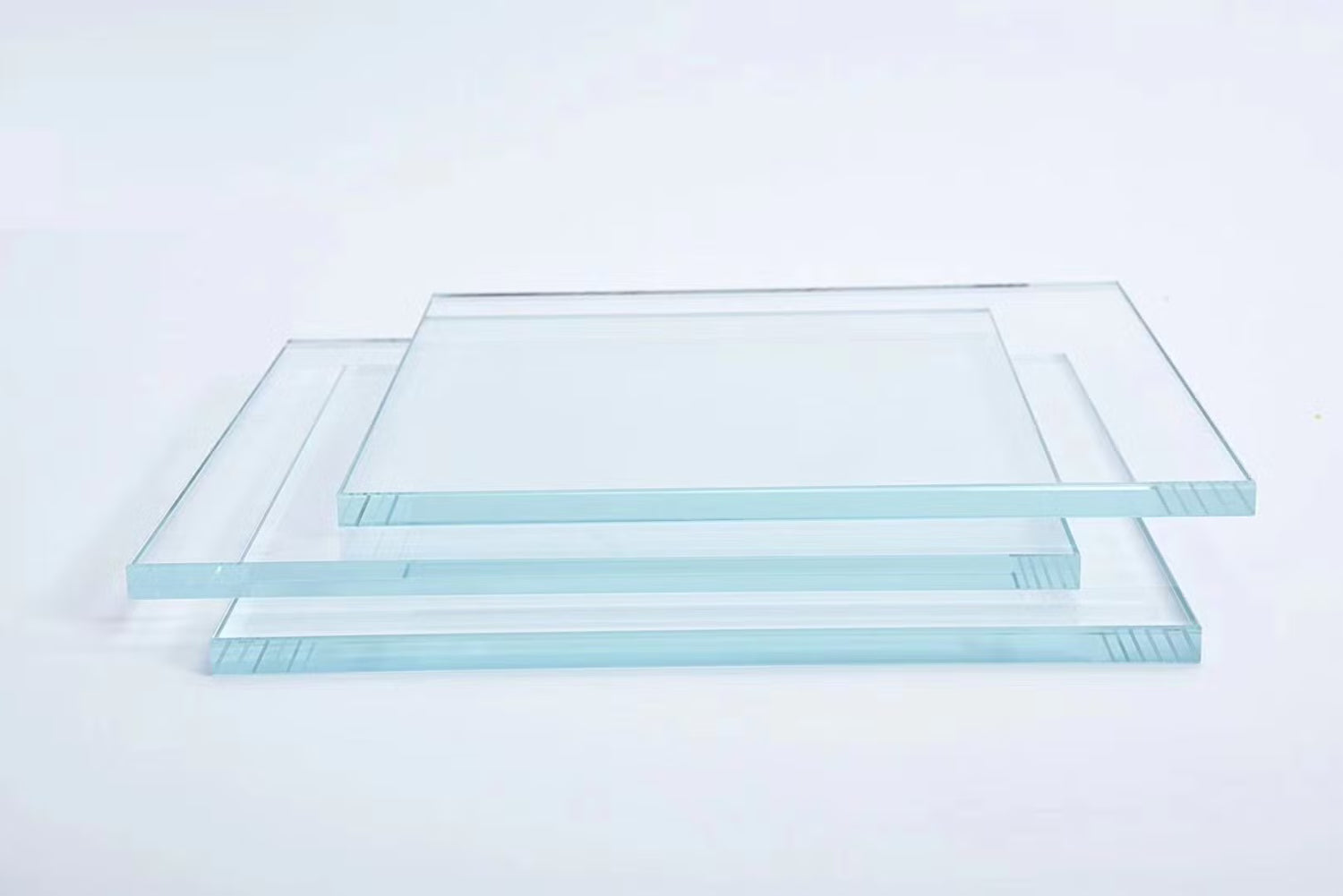
Film-Backed Glass – A safety film at the back prevents shards from scattering.
Low-Iron Glass – Ultra-clear with minimal green tint, offering premium transparency.
Heat-Strengthened Glass – Stronger than annealed but slightly less than tempered, used where moderate strength is sufficient.


